The annual rainy season in East Asia brings with it a familiar challenge: mold. Known as "plum rains" or Meiyu in Chinese, this period of prolonged humidity creates ideal conditions for fungal growth in homes, clothing, and even electronics. For residents across China, Japan, Korea, and Taiwan, the battle against mold becomes as much a seasonal ritual as carrying umbrellas.
Walking into any supermarket during early summer reveals entire aisles dedicated to anti-mold products. From moisture-absorbing silica gel packets to specialized sprays containing tea tree oil or chlorine dioxide, the arsenal against fungal invaders has grown increasingly sophisticated. Yet despite these tools, many households still struggle with black spots creeping across bathroom ceilings or that distinctive musty odor permeating closets.
Traditional methods persist alongside modern solutions. In southern China, grandmothers still swear by placing charcoal briquettes in wardrobes, while urban millennials track humidity levels through smartphone-connected sensors. The cultural memory of mold prevention runs deep - historical records from the Ming Dynasty describe scholars airing out their precious books and scrolls during brief sunny breaks in the rainy season.
Architecture has adapted to this climatic reality over centuries. Traditional Japanese homes feature elevated floors and abundant ventilation, while Fujian's tulou earth buildings incorporate moisture-resistant clay mixtures. Contemporary builders now install advanced membrane materials behind walls and under floors, creating hidden barriers against water intrusion. Yet mold still finds ways to penetrate modern high-rises, particularly around window frames and air conditioning units.
The health implications drive much of the urgency in mold prevention. Pediatric clinics report increased cases of respiratory issues during humid months, particularly among children sensitive to aspergillus spores. Elderly residents with compromised immune systems face risks from prolonged exposure to damp environments. Public health campaigns emphasize not just cleaning visible mold, but addressing the underlying moisture that allows it to thrive.
Technology has introduced new frontiers in this ancient battle. Dehumidifiers with smart humidity sensors now automatically adjust their operation, while UV-C light devices promise to sterilize surfaces without chemicals. Some appliance manufacturers have even begun incorporating anti-microbial coatings into washing machines and refrigerators. Yet these solutions often come with high energy costs, creating tension between comfort and sustainability.
Fashion has adapted to the season in unexpected ways. Clothing brands market "quick-dry" fabrics that resist moisture retention, while shoe companies offer breathable designs with anti-fungal insoles. The traditional Japanese geta sandal, with its elevated wooden base, has seen renewed interest as people seek footwear that keeps feet above damp surfaces. Even high-end leather goods now often come with care instructions specifically for humid climates.
The psychological impact of prolonged dampness shouldn't be underestimated. Therapists in affected regions note increased reports of seasonal affective disorder during especially rainy years. The constant visual reminder of decay represented by mold spots, combined with reduced sunlight exposure, creates a unique form of climate-related stress. Some wellness centers have responded with "dry therapy" rooms offering controlled low-humidity environments.
Urban planning has begun incorporating mold prevention into green space design. Cities are planting more deciduous trees near residential areas to allow winter sunlight through while providing summer shade. New park designs include strategic wind channels to improve airflow between buildings. These macro-level approaches complement individual household efforts, recognizing that mold is ultimately a community-scale challenge requiring coordinated solutions.
As climate change alters precipitation patterns, the nature of the mold challenge may evolve. Some meteorologists predict more intense but shorter rainy seasons, while others forecast extended periods of high humidity. Researchers are studying how fungal species distributions might shift under these new conditions. What remains certain is that humanity's ancient struggle against mold will continue, requiring both innovation and respect for traditional wisdom in this ongoing negotiation with our environment.
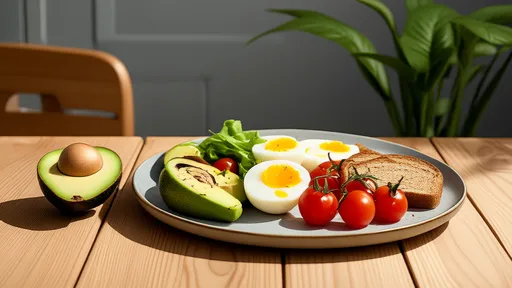
By /Aug 15, 2025

By /Aug 15, 2025

By /Aug 15, 2025

By /Aug 15, 2025
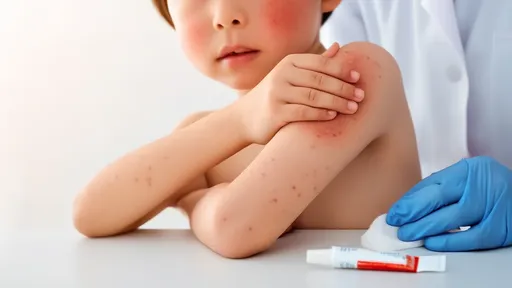
By /Aug 15, 2025

By /Aug 15, 2025

By /Aug 15, 2025
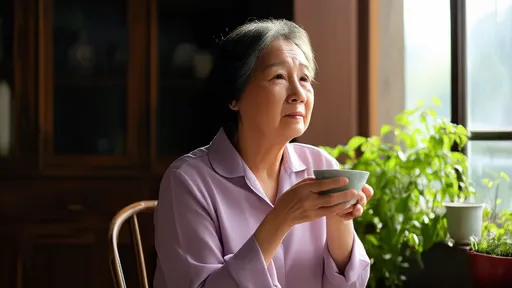
By /Aug 15, 2025

By /Aug 15, 2025

By /Aug 15, 2025
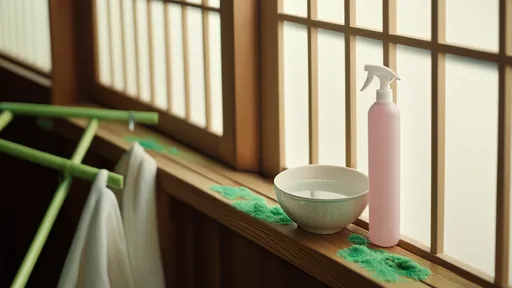
By /Aug 15, 2025

By /Aug 15, 2025

By /Aug 15, 2025

By /Aug 15, 2025

By /Aug 15, 2025

By /Aug 15, 2025
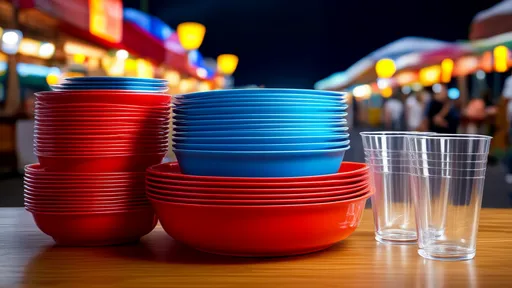
By /Aug 15, 2025

By /Aug 15, 2025
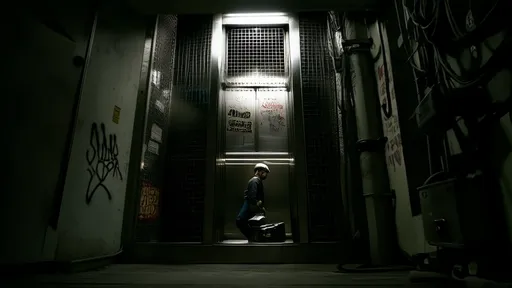
By /Aug 15, 2025

By /Aug 15, 2025